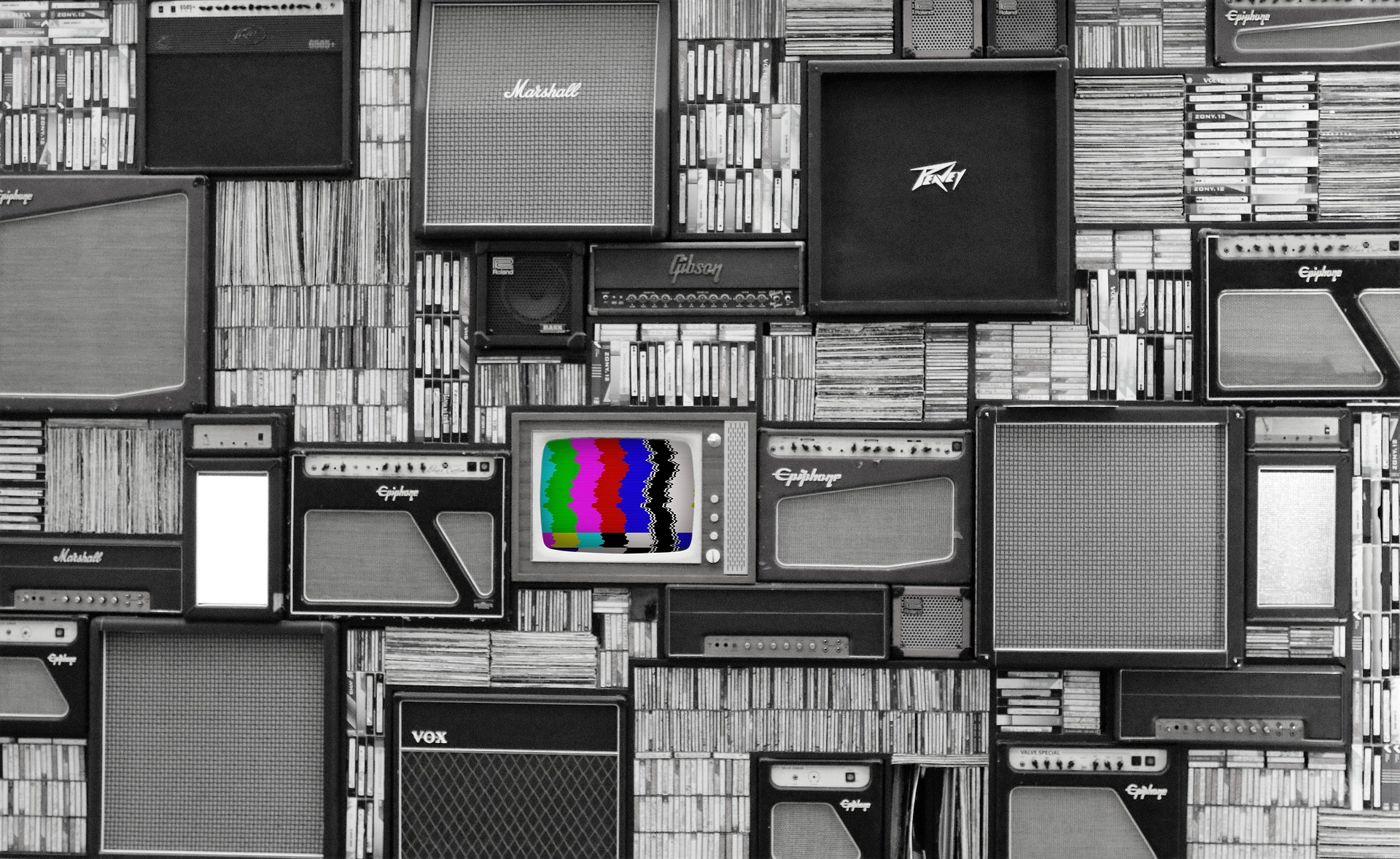Blurring the Boundaries Between Life and Death:
A search for the truth within documentary re-enactments
DOI:
https://doi.org/10.31273/eirj.v5i2.235Abstract
This article aims to engage with and problematise traditional ideas relating to re-enacted sequences within documentary films, and how these sequences might allow audiences a new and previously denied access to some level of so-called ‘truth.’ Positing that re-enactments essentially function as devices of distraction and fantasy, Bill Nichols (2008) sheds invaluable insight onto the nature of ‘truth’ in the use of re-enactments in documentary filmmaking. This article engages with, and attempts to build upon this existing scholarship, by performing a closer examination of the ways in which filmmakers deploy strategies of re-enactment in Carol Morley’s Dreams of a Life (2011) and Clio Barnard’s The Arbor (2010). Re-enactments are employed by their respective filmmakers not solely in order to present complete rejections of reality, but also to depict the filmmaking processes and the ways in which they have been ‘worked through’ to audiences in innovative and reflexive ways. Through the specific utilisation of stylistic features that directly and obtrusively call attention to a documentary’s status as documentary, filmmakers do not wholeheartedly reject real-life events. Instead, they continually draw attention to the artifice of their artworks, reminding audiences that there can, indeed, only ever be ‘a view from which the past yields up its truth’, and that these views are completely and wholly unstable and elusive.
Downloads

Downloads
Published
Issue
Section
License
Authors who publish with this journal agree to the following terms:
Authors retain copyright and grant the journal right of first publication with the work simultaneously licensed under a Creative Commons Attribution License (CC-BY), which permits use and redistribution of the work provided that the original author and source are credited, a link to the license is included, and an indication of changes which were made. Third-party users may not apply legal terms or technological measures to the published article which legally restrict others from doing anything the license permits.
If accepted for publication authors’ work will be made open access and distributed under a Creative Commons Attribution (CC-BY) license unless previously agreed with Exchanges’ Editor-in-Chief prior to submission.
Authors are able to enter into separate, additional contractual arrangements for the non-exclusive distribution of the journal's published version of the work (e.g., post it to an institutional repository or publish it in a book), with an acknowledgement of its initial publication in this journal.
Authors are permitted and encouraged to post their work online (e.g., in institutional repositories or on their website) prior to and during the submission process, as it can lead to productive exchanges, as well as earlier and greater citation of published work. (see: The Effect of Open Access)
